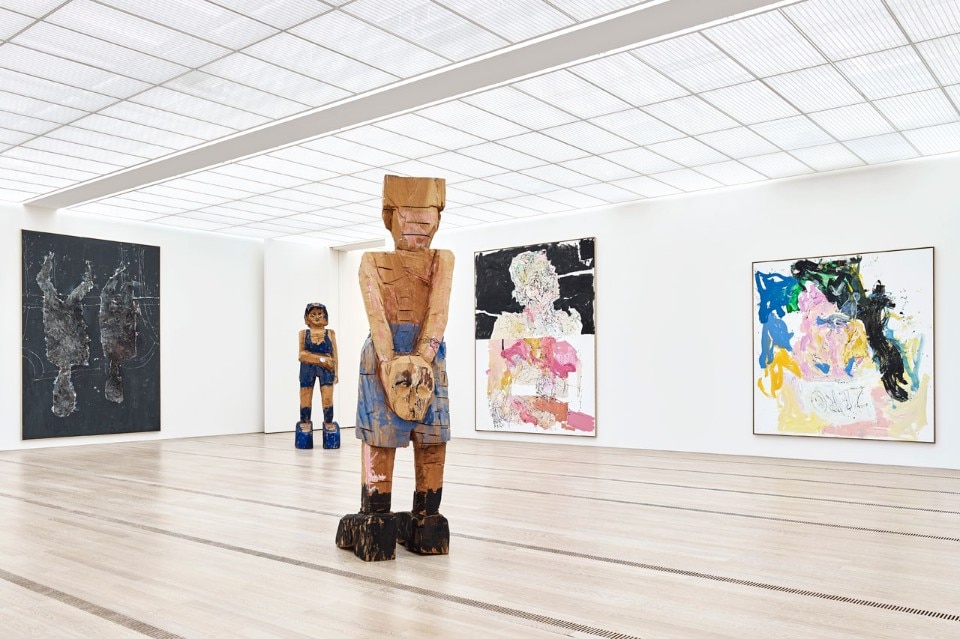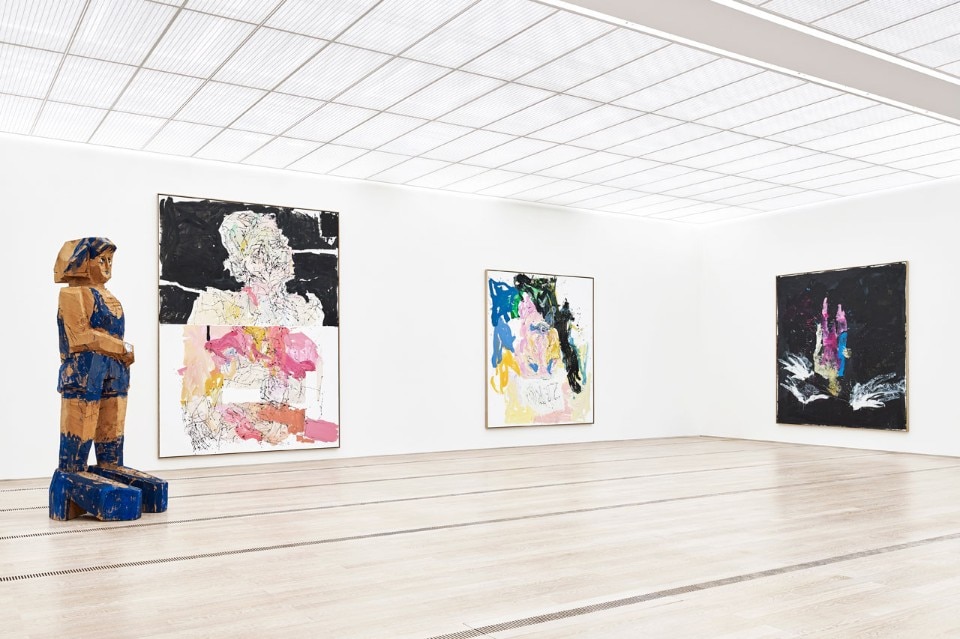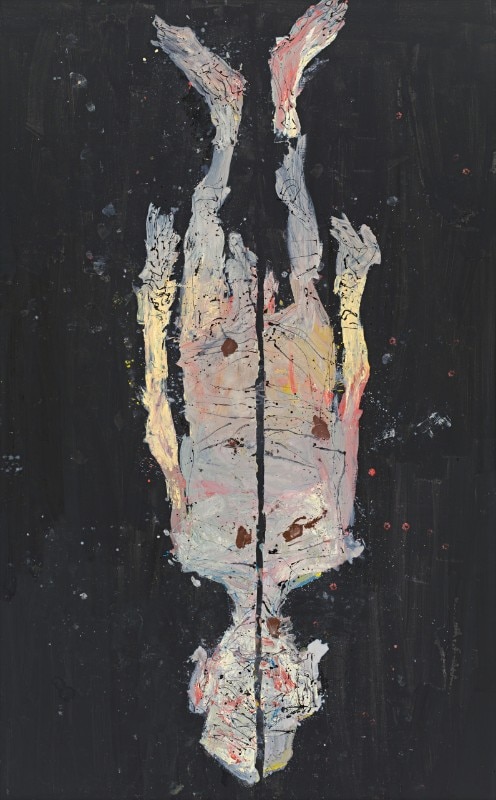Since the 1960s, Georg Baselitz (born Hans-Georg Rem, in Deutschbaselitz, in 1938) has been without a doubt one of Germany’s major contemporary artists and most tenaciously engaged in painting from the post-war period to today. For his 80th birthday, the Fondation Beyeler has dedicated a major retrospective to him, curated by Martin Schwander and born in collaboration with the Hirshhorn Museum and Sculpture Garden di Washington, DC. The painter’s intense career is summarised in vast “chapters” and by decade in which key works narrate the gradual development of Baselitz’s art from his early paintings to previously unseen ones made just last year.
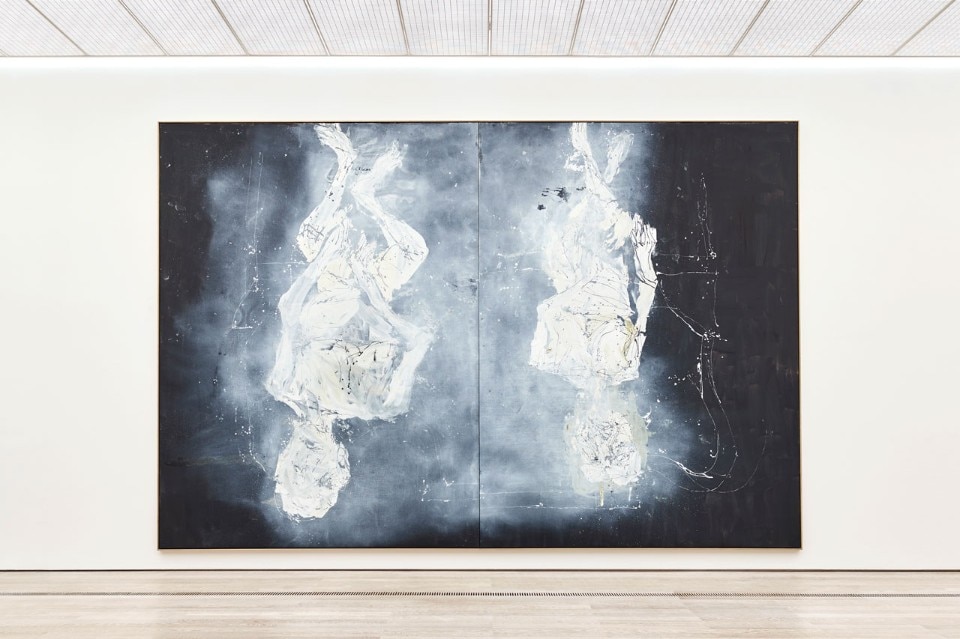
 View gallery
View gallery

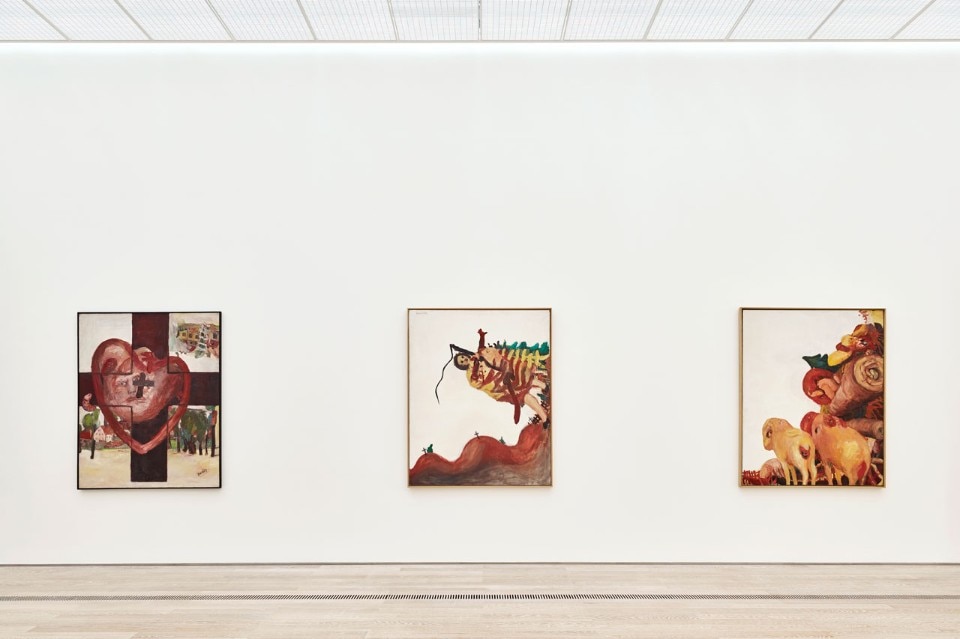
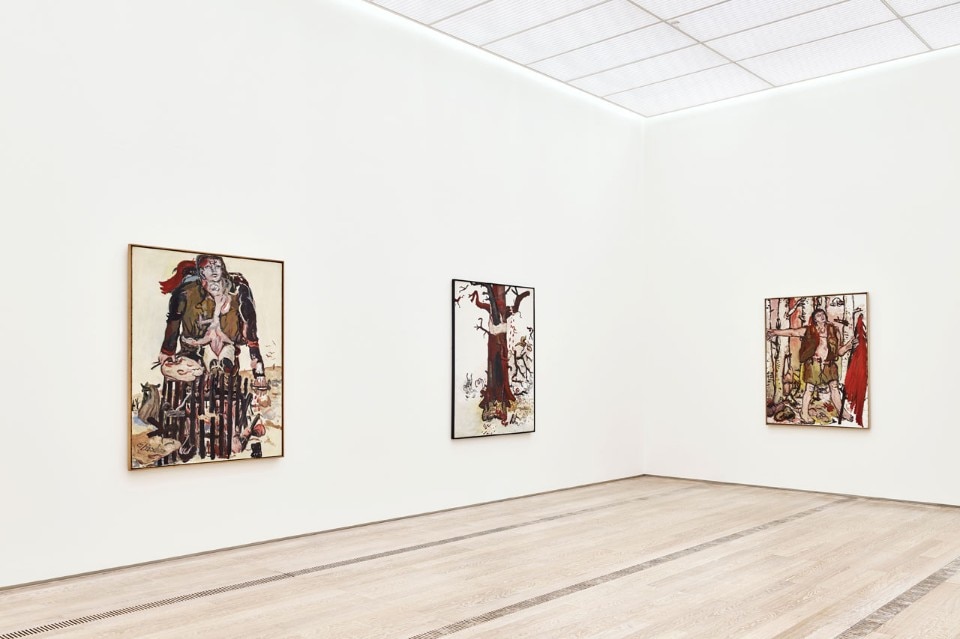
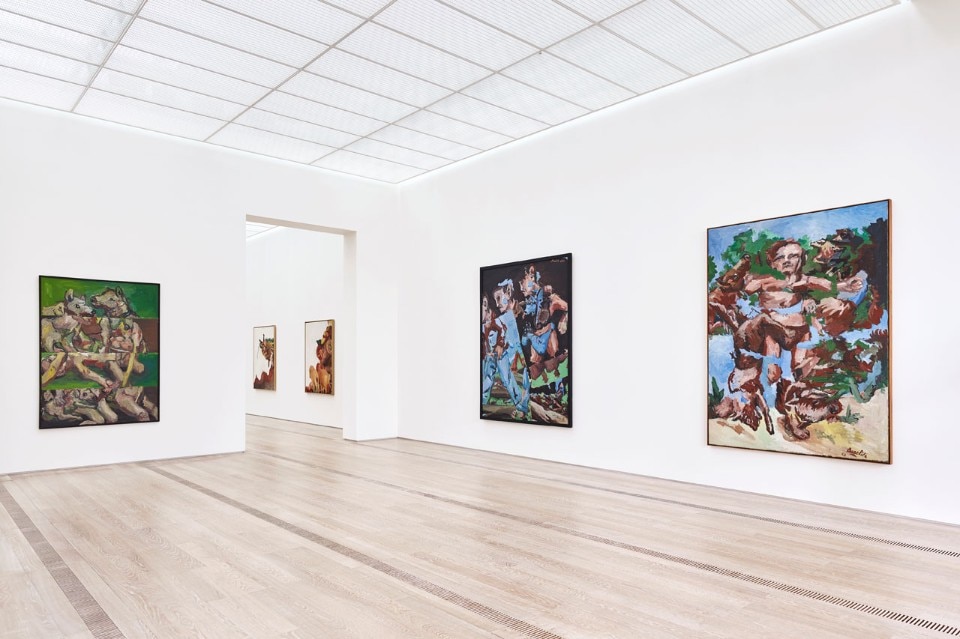
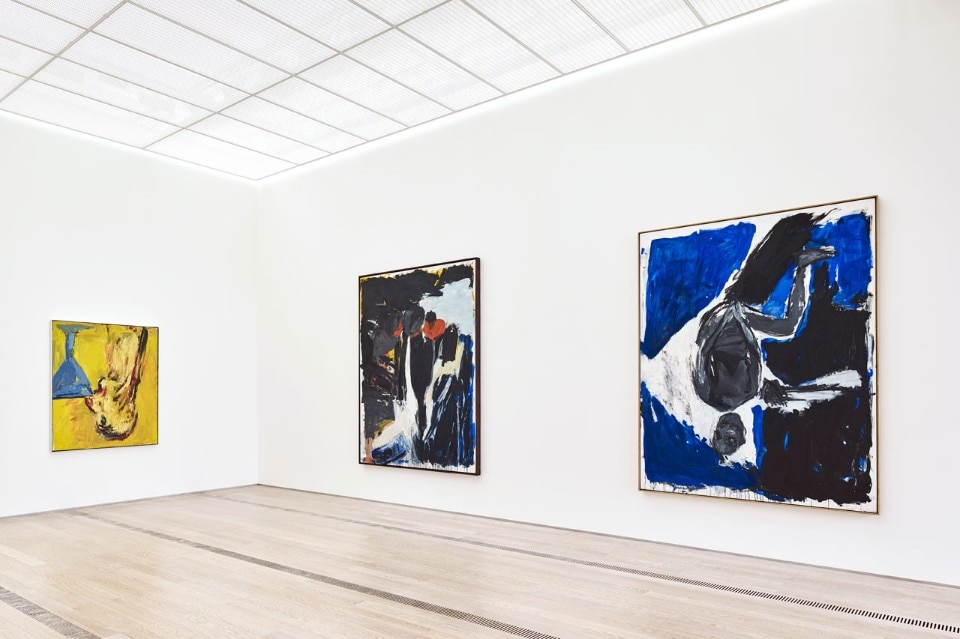
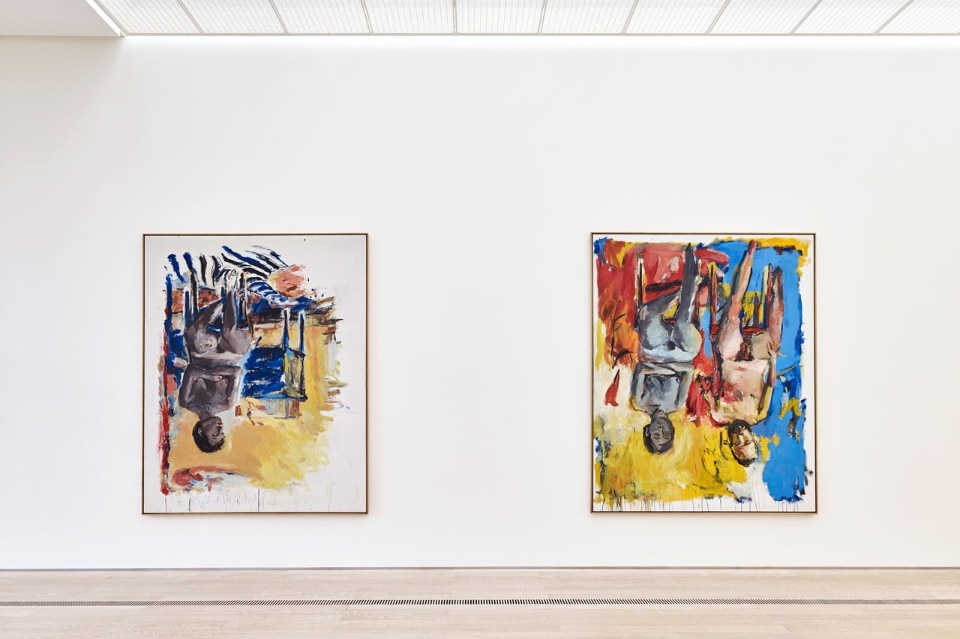
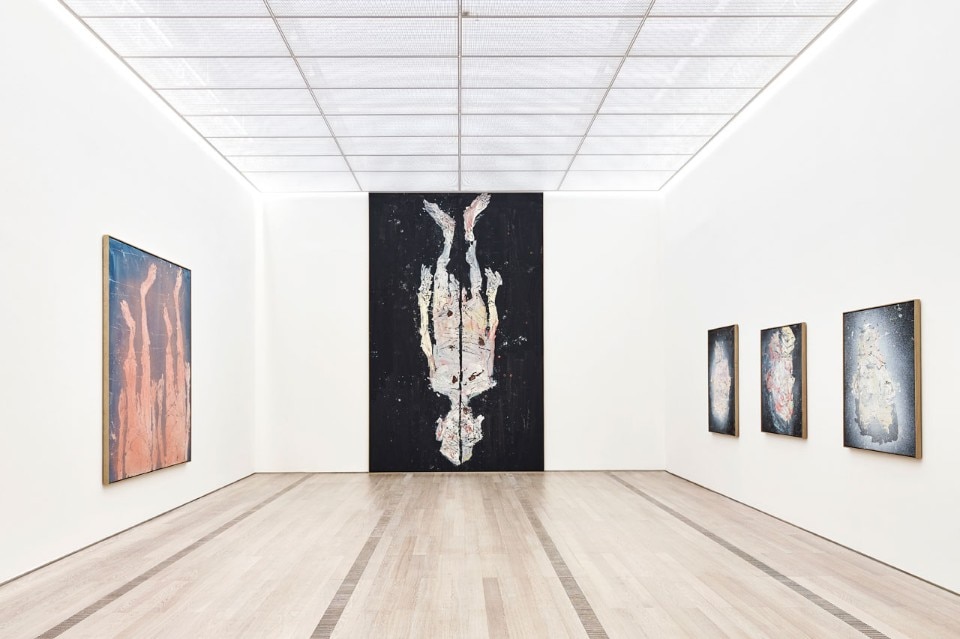
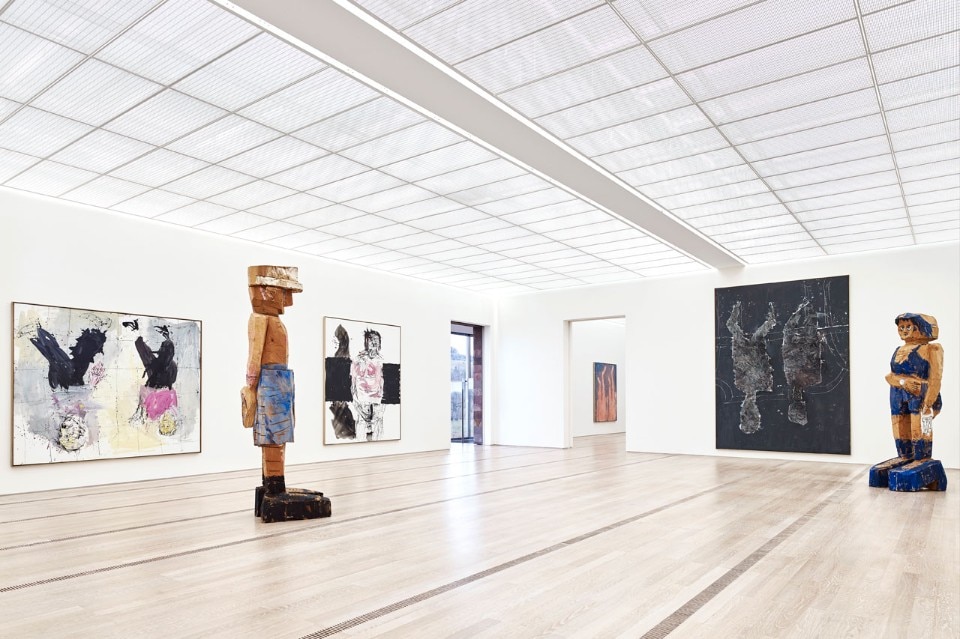
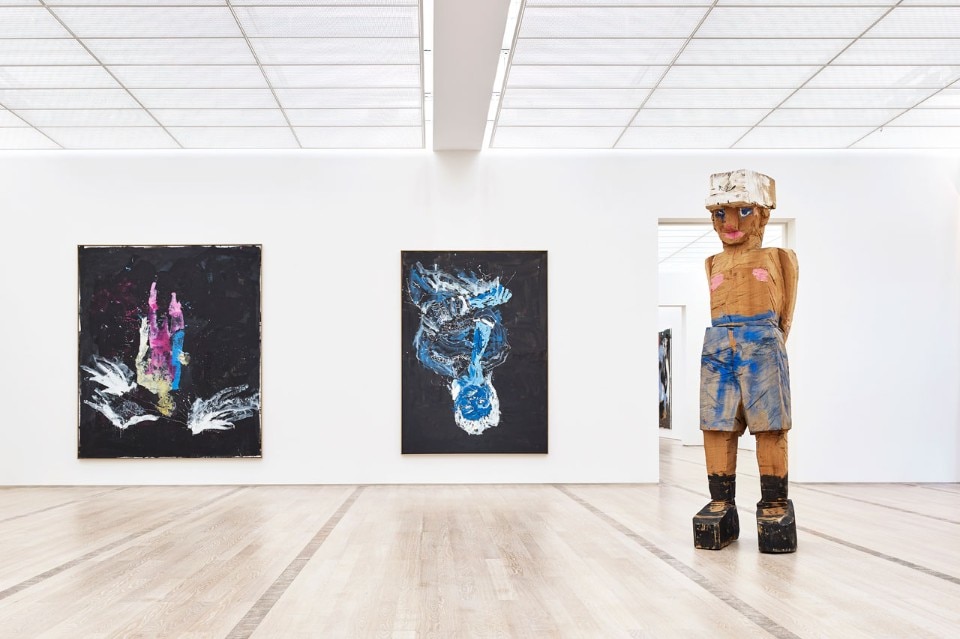









The exhibition opens with works from the 1960s, like the Fracture and the Hero paintings that remain timeless; in fact, they are the echoes of those forms in a great deal of painting by contemporary artists who are still very young. These early works of his, generally part of the neo-expressionist trend, got a lukewarm response from critics and also caused scandal. They were hard to classify and to appreciate for what they often portrayed, and thus they constitute the most intimate and obscure works by a young Baselitz. Dismembered limbs, deformed bodies intent on masturbating without any Eros, like the insufferable masterpiece The Big Night Down The Drain (1963), which clearly depicts all the burden and the pain of isolation of a young and totally post-ideological artist.
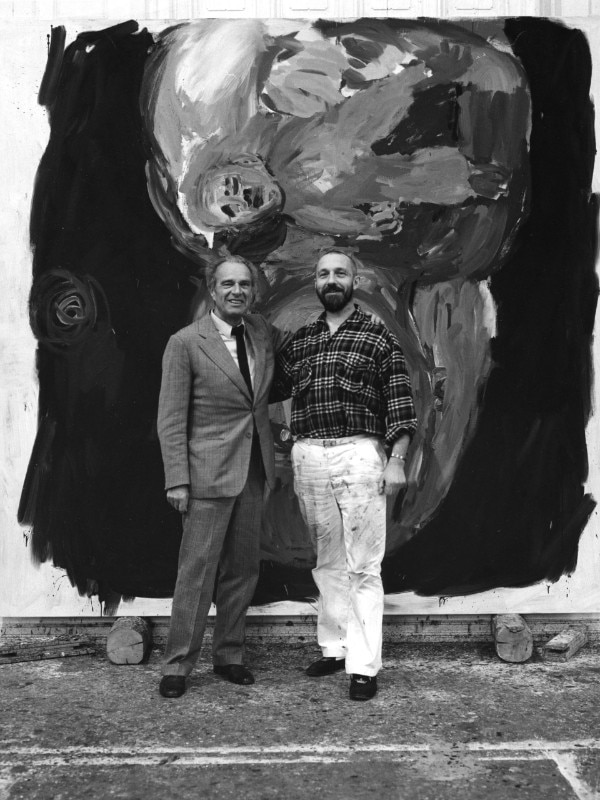
Then we find works from the 1970s, with their new style, new themes and above all new colours, bearing witness to a more hopeful outlook that would continue even with a certain humour until the 1980s, where the colour palette became more luxurious and the brushstrokes, more dynamic and physical. As already mentioned, in the early 1970s Baselitz experimented by layering the paint with his naked hands and displaying a controlled impetus more akin to that of a sculptor who crafts his materials and shapes them rather than a painter who measures the forms of his imagination with his paintbrush. At the time he also got the idea of portraying inverted figures, which garnered even more success for the German artist. An example is the large eagle, Adler (1972), on display in the exhibition: a seemingly simple gesture with countless implications, it would be detrimental to the work itself to try to formulate a one-sided interpretation. It is worth noting how another smaller version of the above-mentioned eagle was chosen and displayed by the former German Chancellor Gerhard Schröder in his office at the renovated chancellery in Berlin as a message of renewal expressed by his mandate with respect to his predecessors.
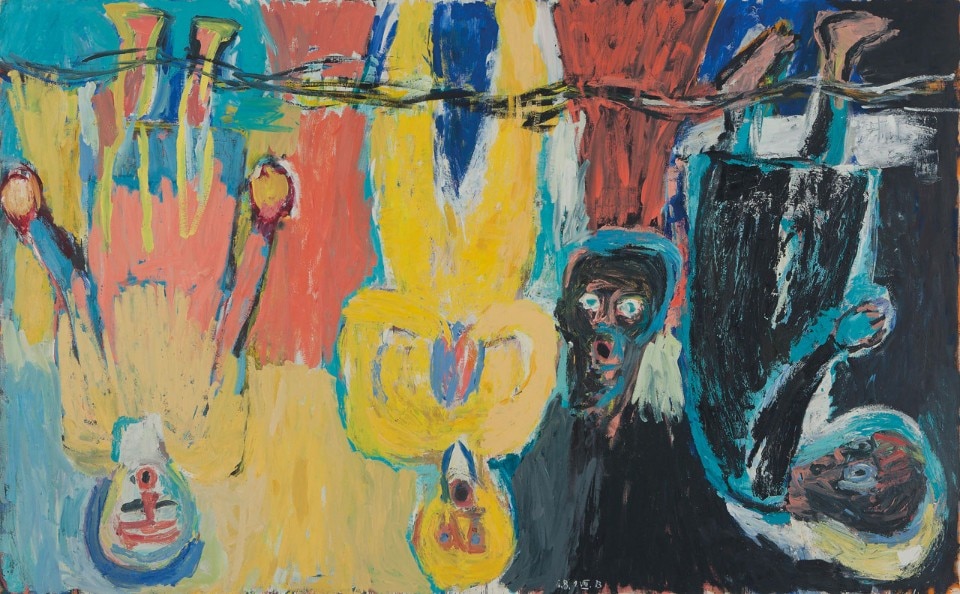
Baselitz’s intuition of inverting his figures resulted from a more mental approach to painting, an all-German way that likens his works to those of his fellow countrymen Sigmar Polke, Gerhard Richter and Anselm Kiefer. However, at the same time, his upside-down canvases and his colours that became bolder during the early 1980s allowed Baselitz to be immediately recognised in the US, too. For Americans, Baselitz’s art occupied an indefinite place between the figurative works of Willem de Kooning and the 1970s’ works by Philip Guston: equally passionate, uninhibited in the use of colour and able to redefine the human subject by reinventing it. Examples from this period on display in the exhibition also represent a symbolic juncture: in the middle of the seventh room we find four powerful sculptures, Dresdner Frauen, carved directly from large wooden blocks using an electric saw and later painted with a bright yellow that calls to mind Emil Nolde or the yellow colour normally found on worksite formwork. The disfigured faces still depict destruction, as if they were immense bombed monuments. But all around, the paintings guide visitors into an imaginary that evokes the painting experiences at the time of Baselitz that range from the Trasavanguardia to Basquiat’s graffiti art.
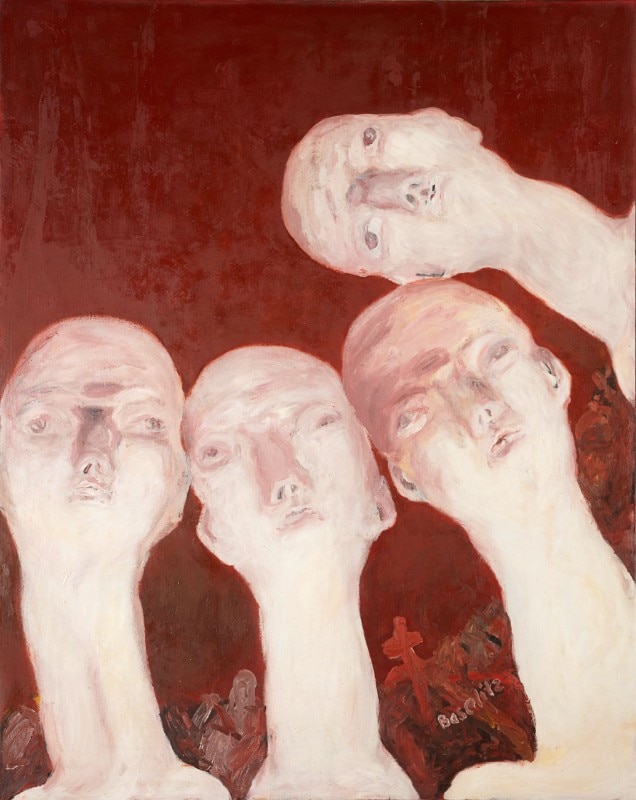
 View gallery
View gallery

32852
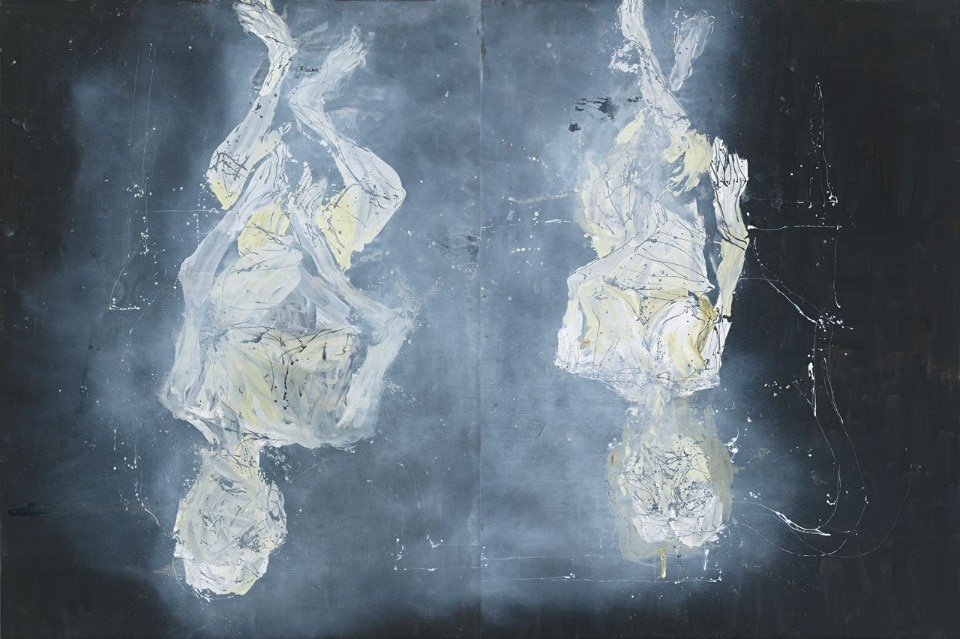
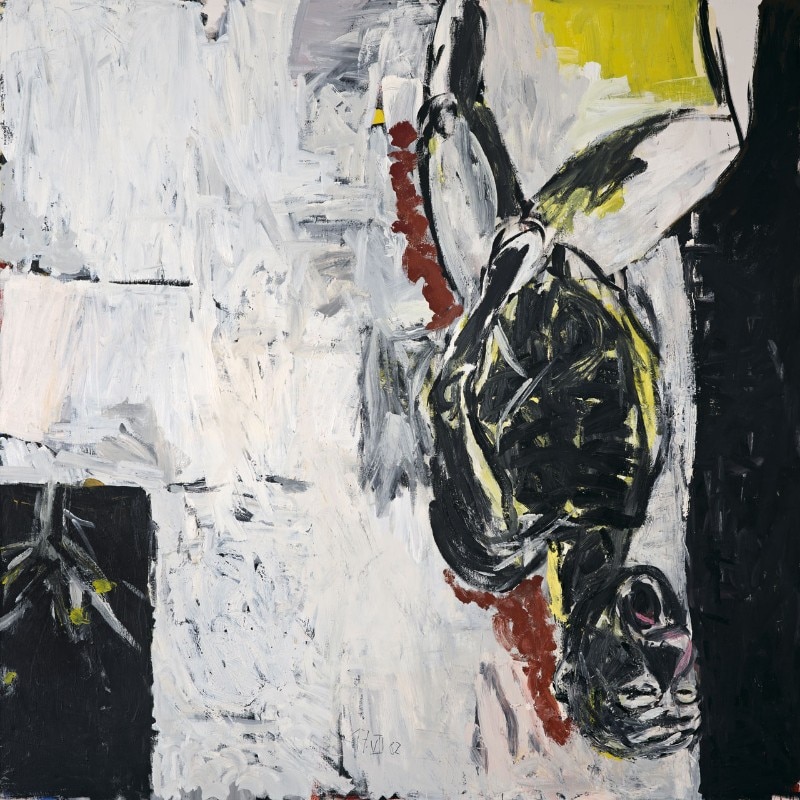
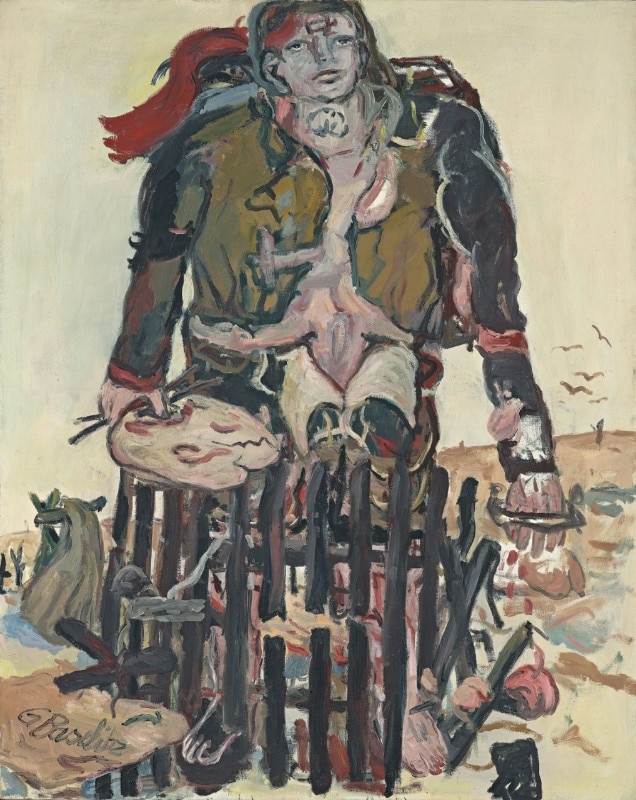
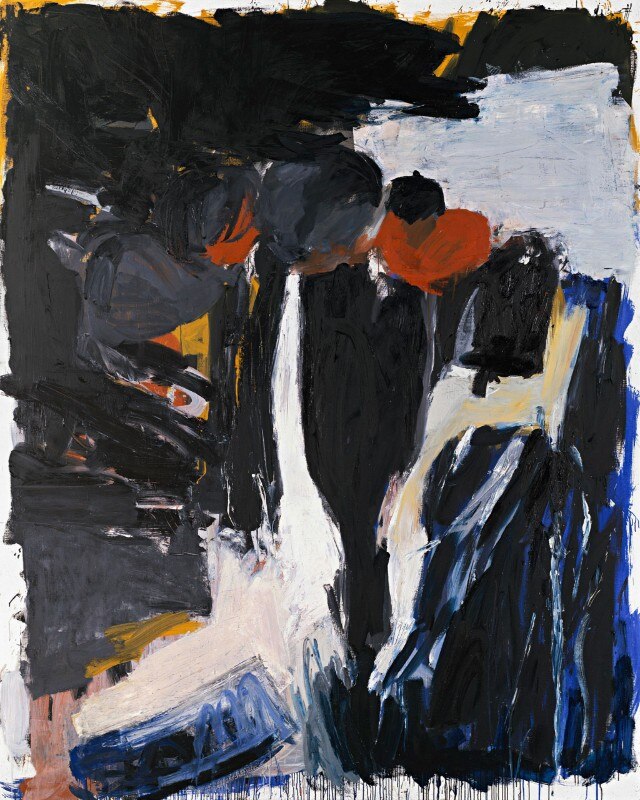

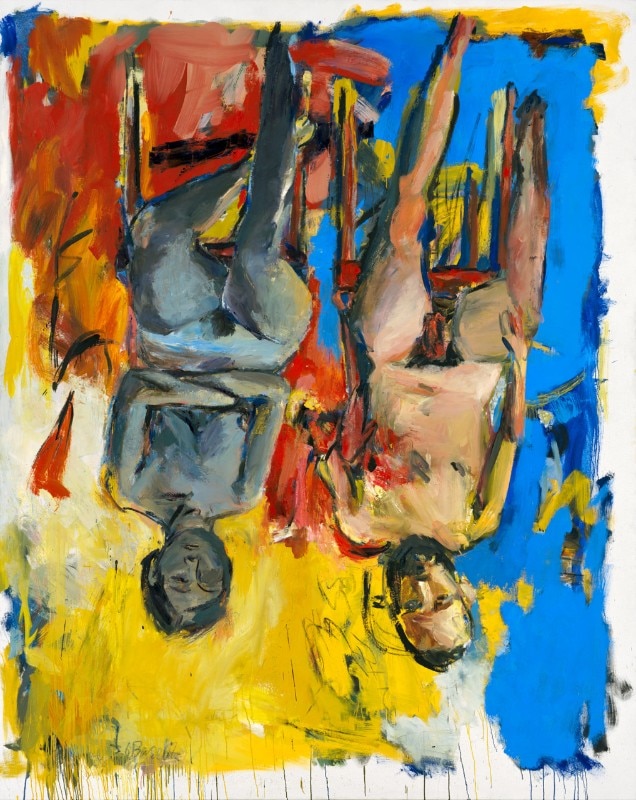
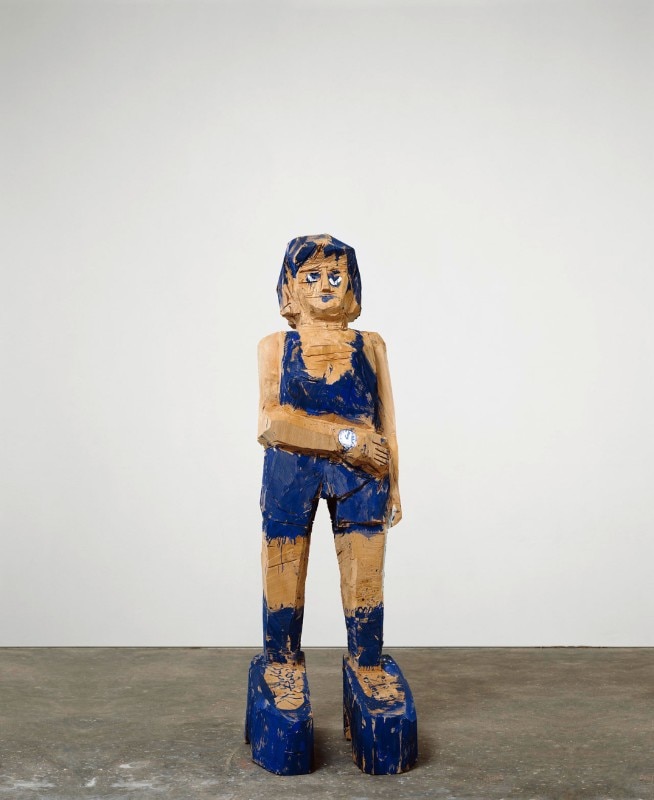
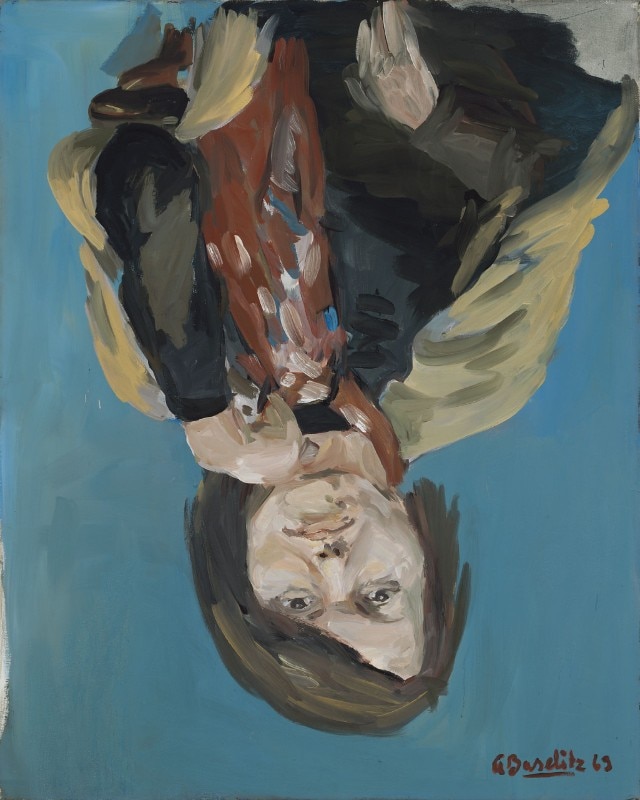
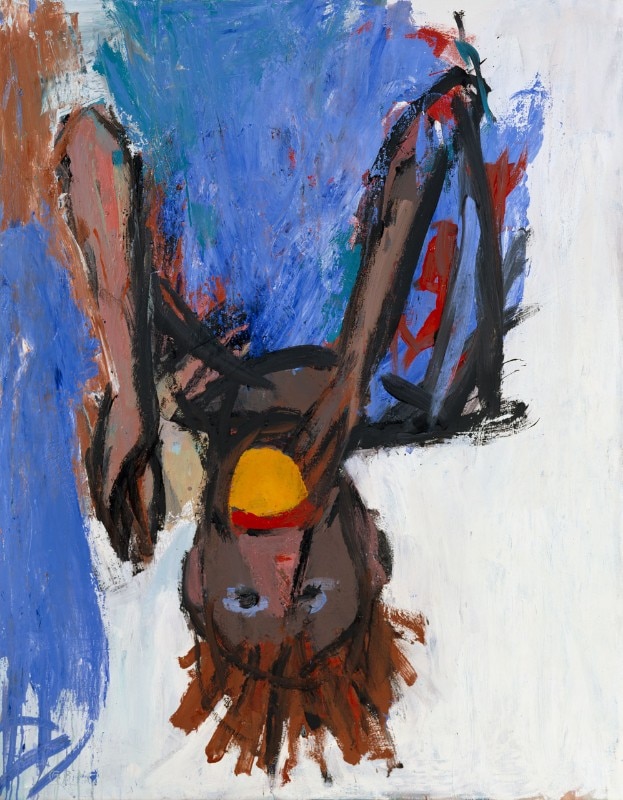
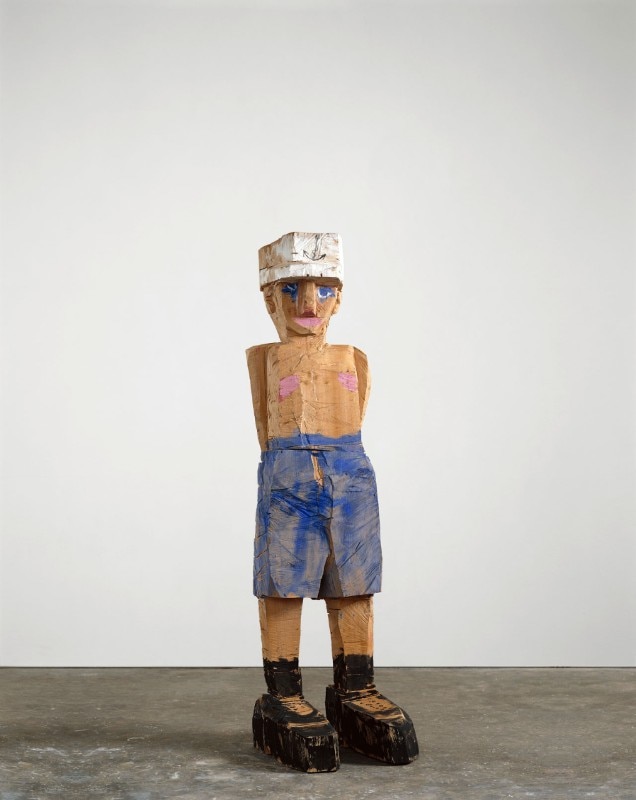
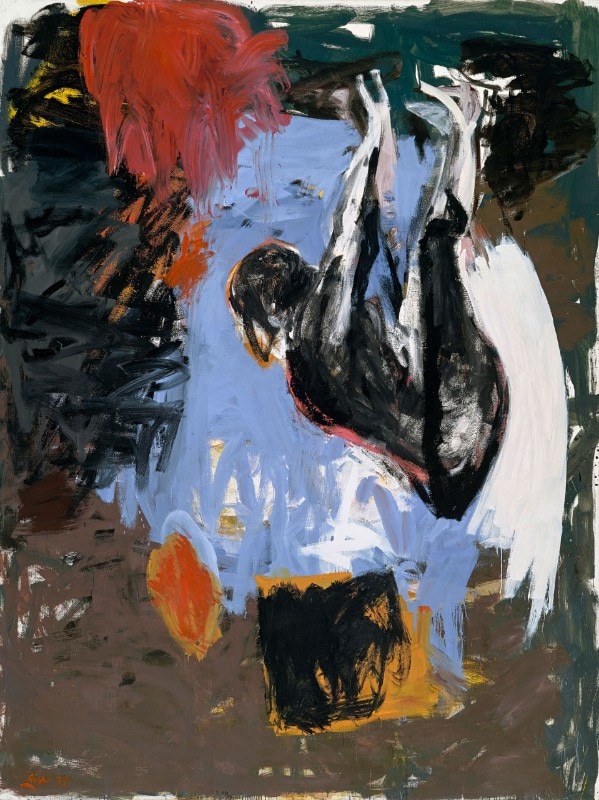
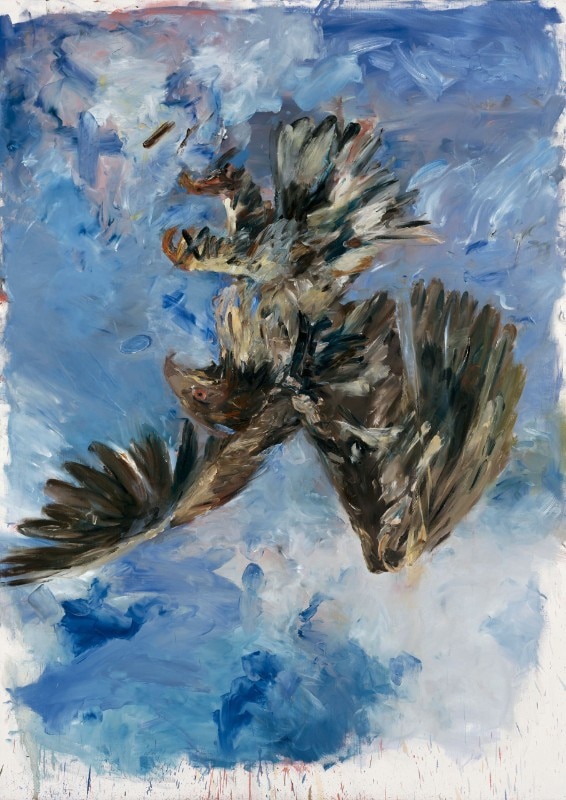
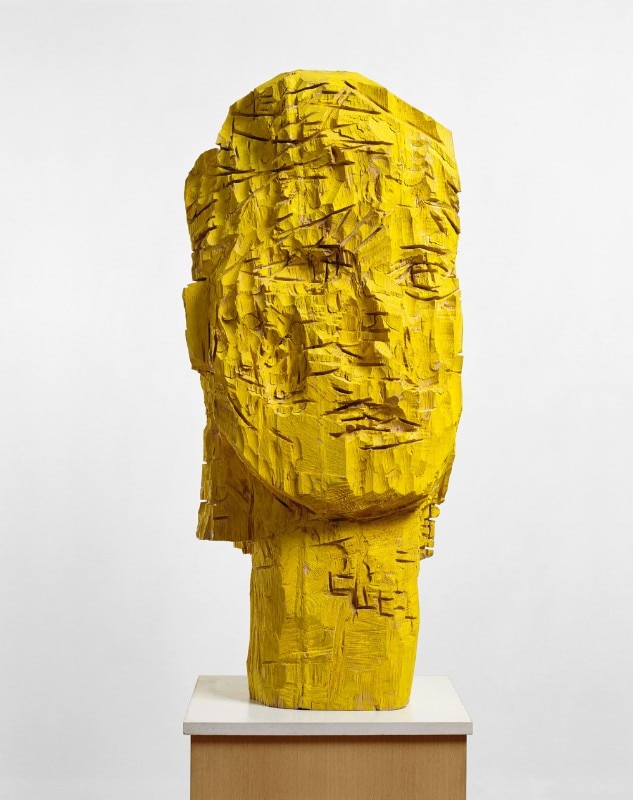
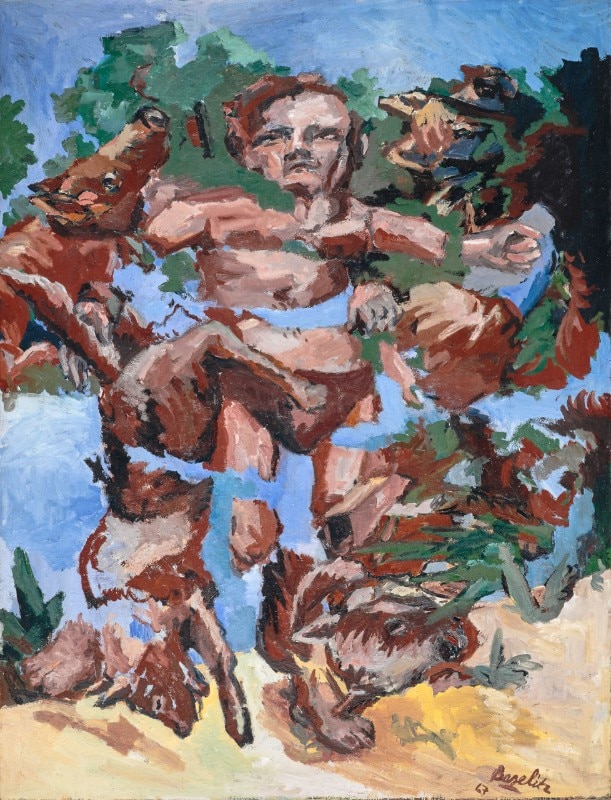
However, man is always at the heart of his interests. The male figure is mostly the protagonist of this quasi-anthropological investigation Baselitz proposes in work after work, as if the epic of his Heroes had to be constantly written. In observing his more recent works, some of which are gigantic and never before seen, what is most striking are the nuances and veiling of transparent white, grey and pink while the figures have imprecise outlines and seem to float like enlarged India ink drawings. Upon closer inspection, visitors may detect the circular marks left behind by paint cans, revealing the genesis, that is, the canvases made on the floor, with drops of black paint and steady yet random lines, exactly like Pollock’s drippings.
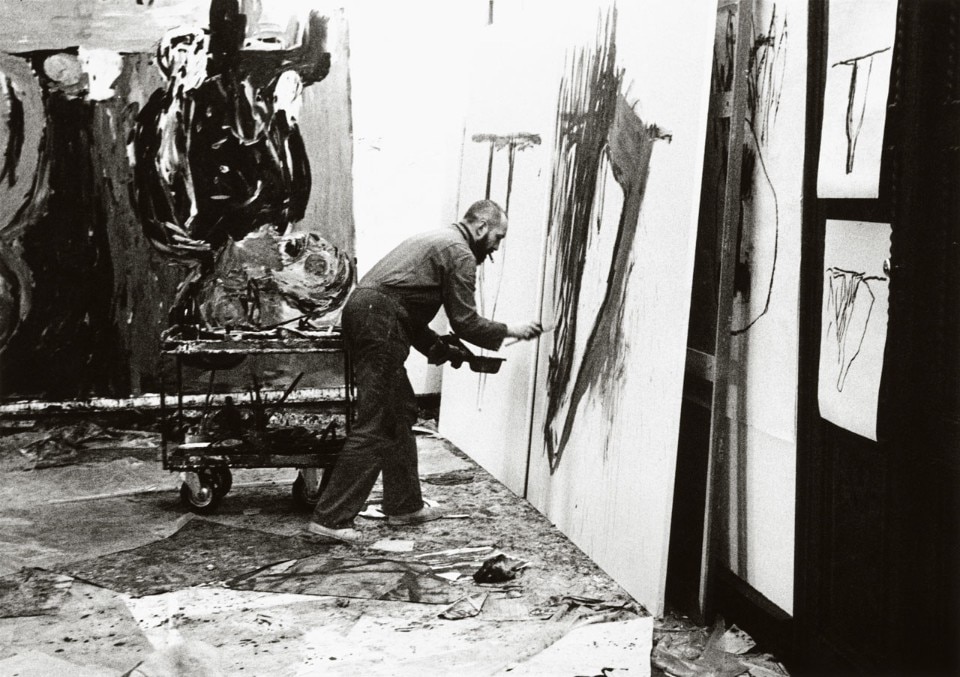
It’s fascinating to explore the exhibition in both directions, like a palindrome that bears witness to this gradual disappearance and reappearance of the human form that culminates – or begins – in a gigantic, almost astral body, as if it were a constellation (the large work greeting visitors in the foyer) marked by light, immaterial paint, only to then head back, in the comic desperation of his early masterpieces: minute men, shreds of flesh and tiny foetuses on small canvases that are unbearably heavy.
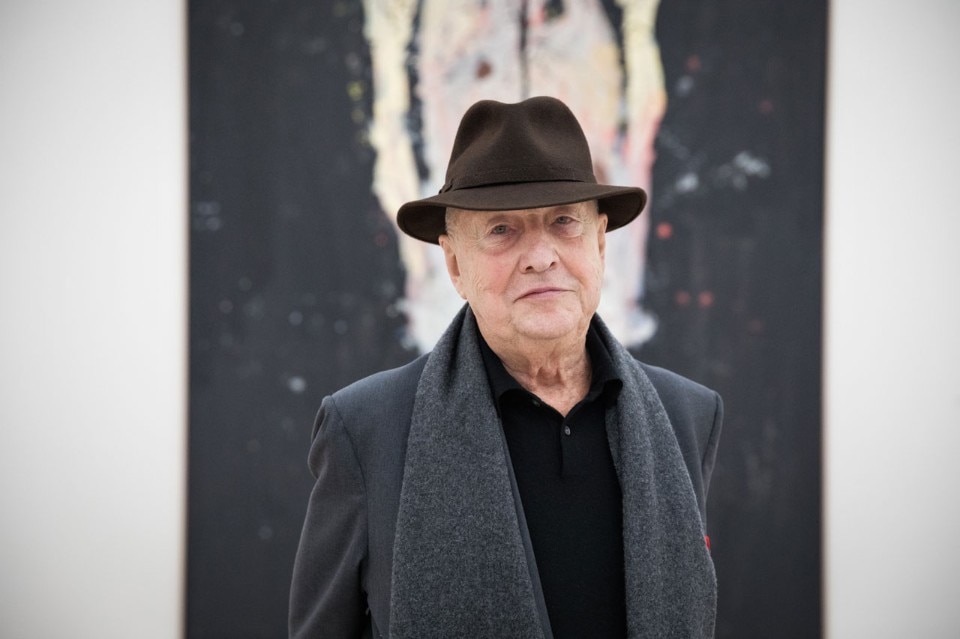
- At the Fondation Beyeler:
- Georg Baselitz
- Opening dates:
- 21 January – 29 April 2018
- Exhibition venue:
- Fondation Beyeler
- Address:
- Baselstrasse 101, Basel
- Curator:
- Martin Schwander
- At the Kunstmuseum Basel:
- Georg Baselitz. Works on paper
- Opening dates:
- 21 January – 29 April 2018
- Exhibition venue:
- Kunstmuseum Basel
- Address:
- St. Alban-Graben 8, Basilea
- Curator:
- Anita Haldemann


